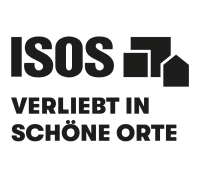Sempach
Hint
Intro
Today, the former trading and fishing town is best known for the “Battle of Sempach”. The town impresses with its historic old town and beautiful location on the shores of Lake Sempach.
Sempach at a glance
The small town was originally founded by the Habsburgs to control the lake shore and the former Gotthard route. Sempach gained fame through the Battle of Sempach, in which the Confederates recorded a decisive victory against the Habsburgs in 1386. Due to the lowering of the lake, the town lost its direct connection to the lake shore in 1806. On the other hand, the newly created lakeside belt now offers expansive green space and a large park for strolling along the lake and to the ornithological station for bird-watching excursions.
The well-preserved old town of Sempach has an almost triangular outline. The town wall, with some of its sections still preserved, the Witches’ Tower and the Lucerne Gate bear witness to the small town’s former fortification. The medieval Lucerne Gate with its striking spire, which towers over the houses of the old town, dominates the southern view of the town. The wide town street, bordered by rows of houses on both sides, forms the pretty main street of the little town, which leads to the large square in front of the mighty neoclassical church of St. Stefan with the national monument commemorating the Battle of Sempach that was built in 1886. A special eye-catcher is the late-Gothic town hall with its pretty half-timbered facade and the babbling fountain in front of it.
ISOS
ISOS is the Federal Inventory of Swiss Heritage Sites of national importance. The inventory is maintained by the Federal Office of Culture (FOC) and lists the most significant settlements in Switzerland. Today, some 1,200 places are included in the inventory, from hamlets right through to cities. The inventory provides information on the development and identity of the settlements listed in it, thereby contributing to the preservation of architectural diversity in Switzerland and promoting both sustainable planning and a high-quality Baukultur.









